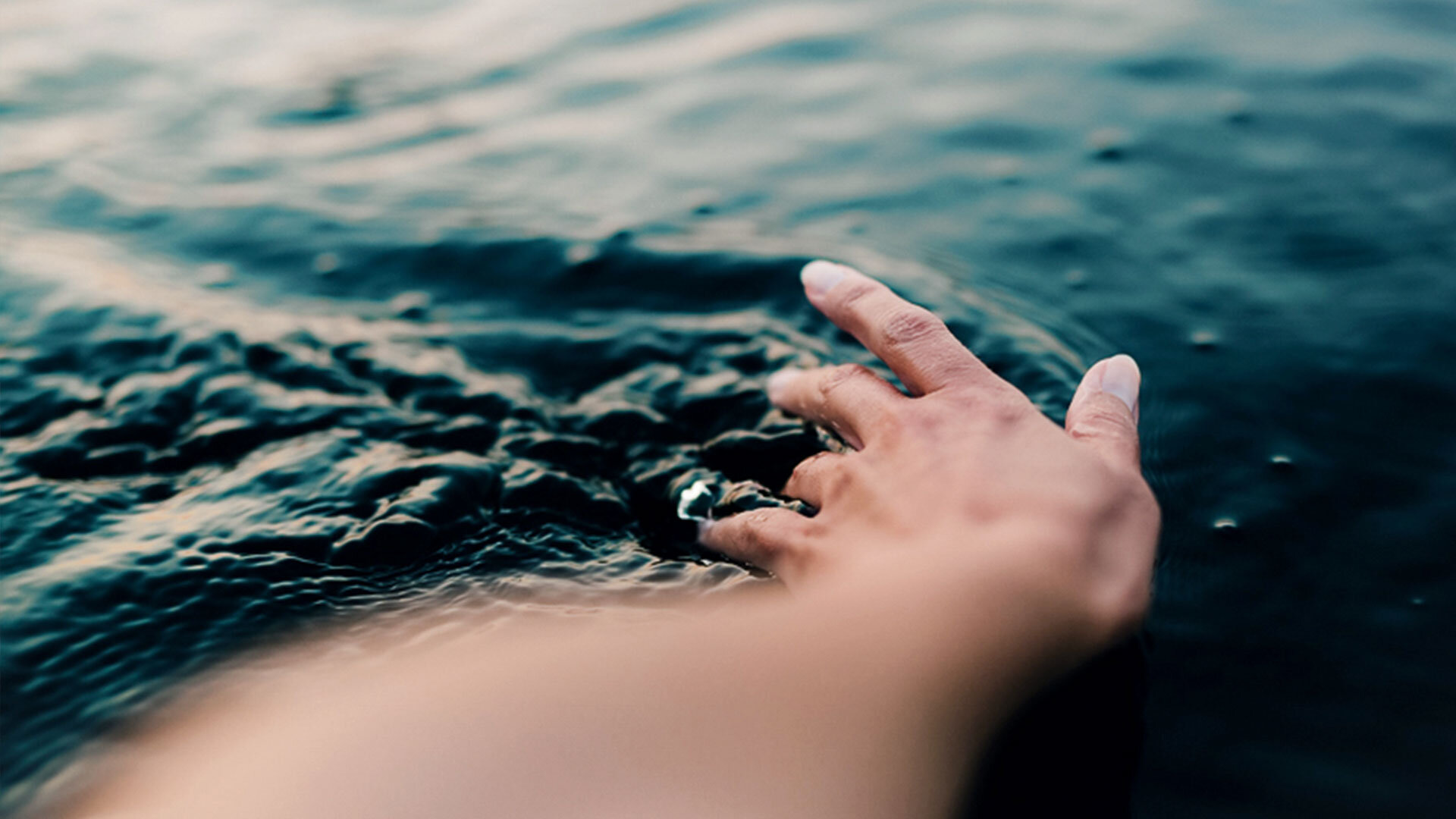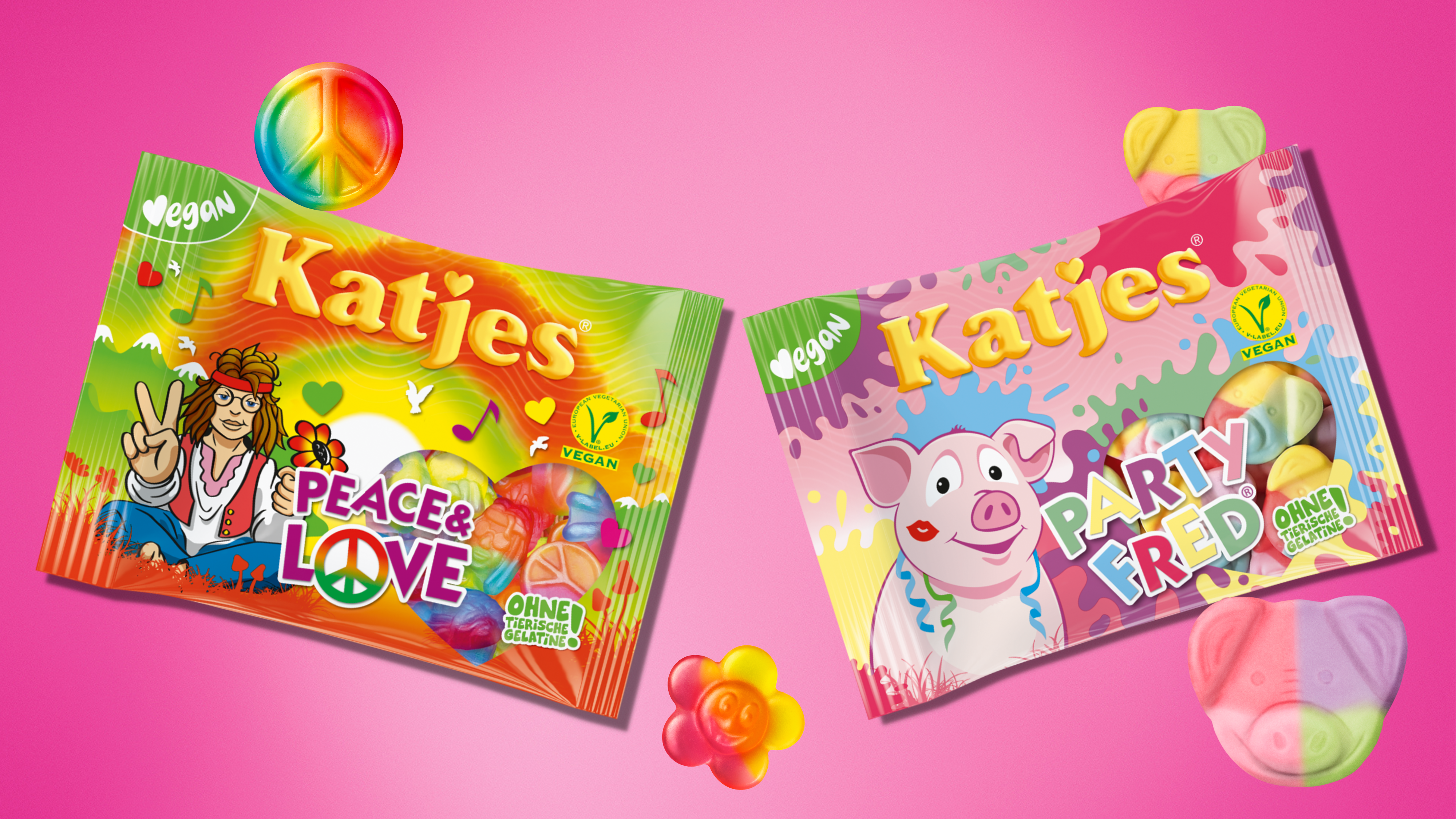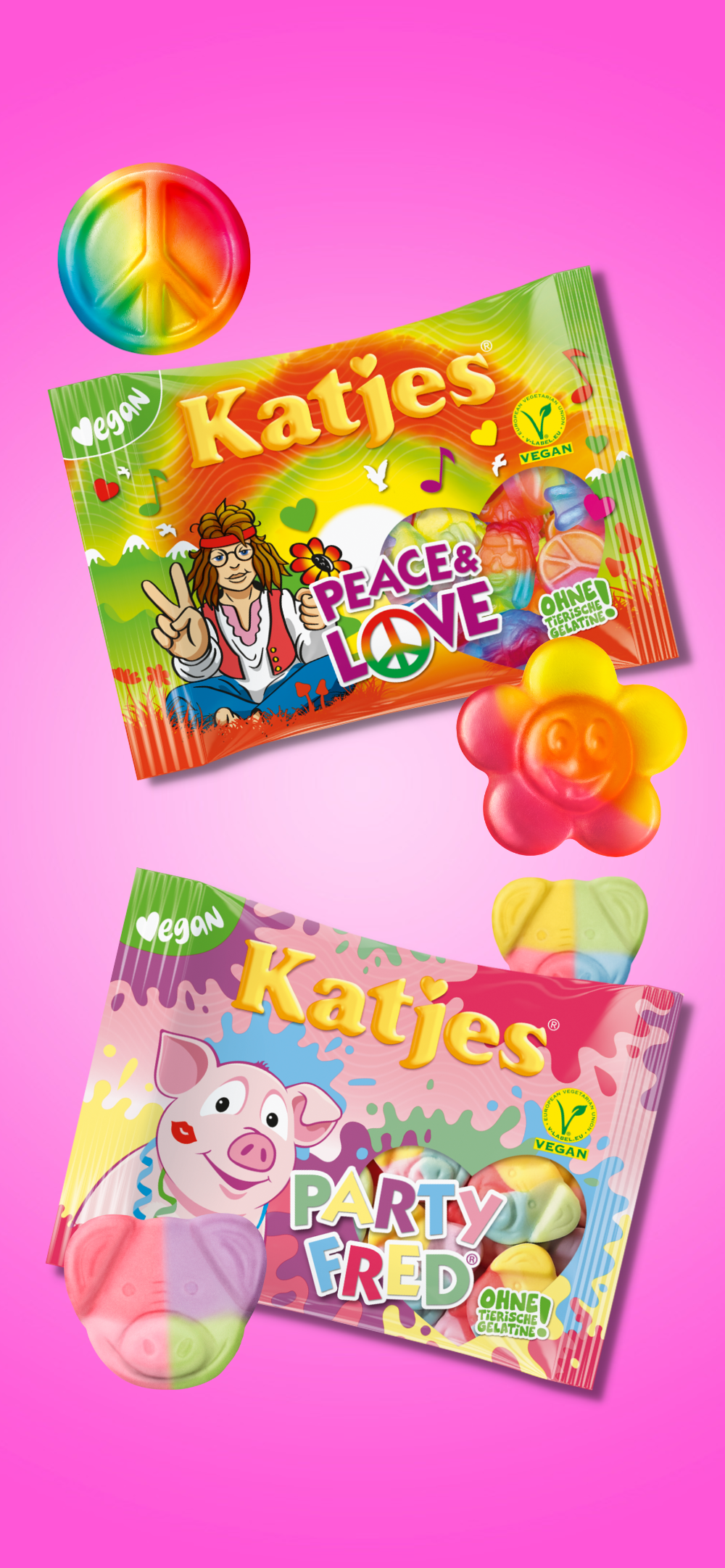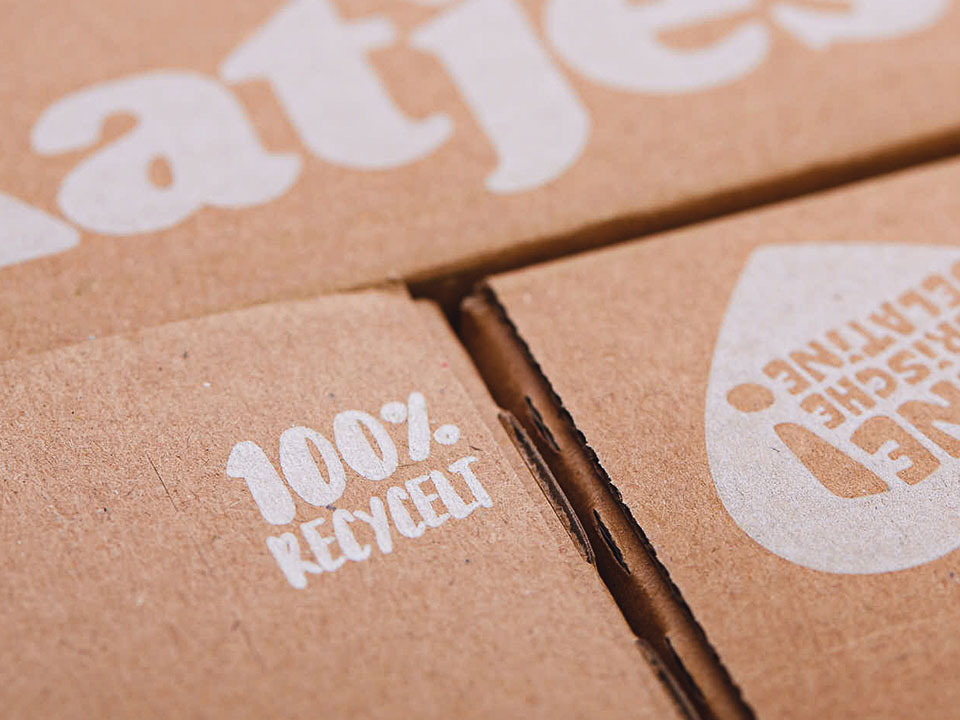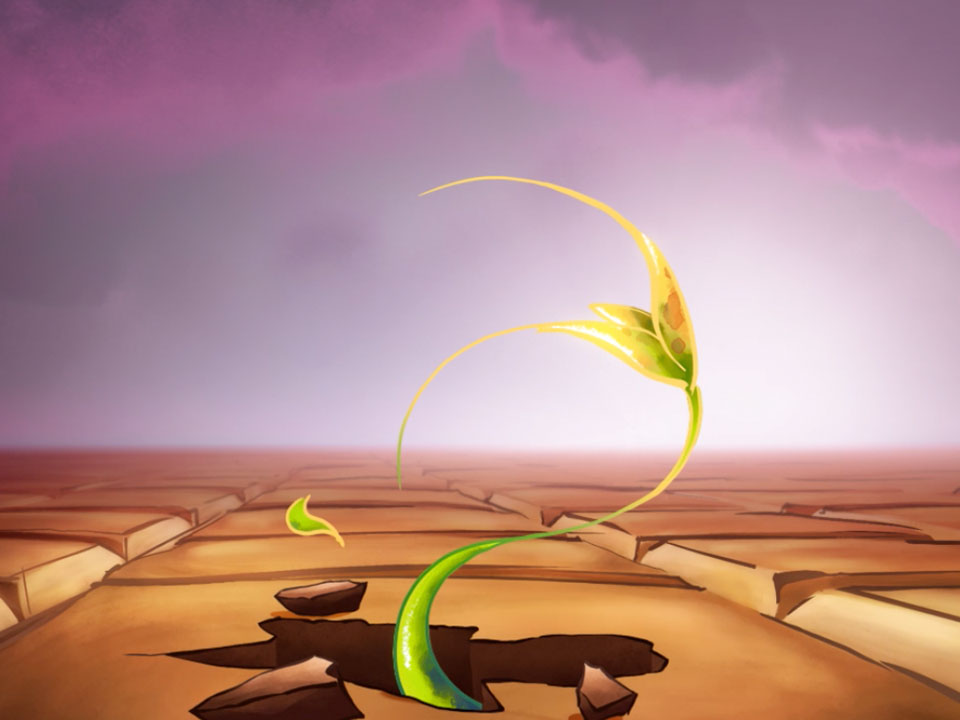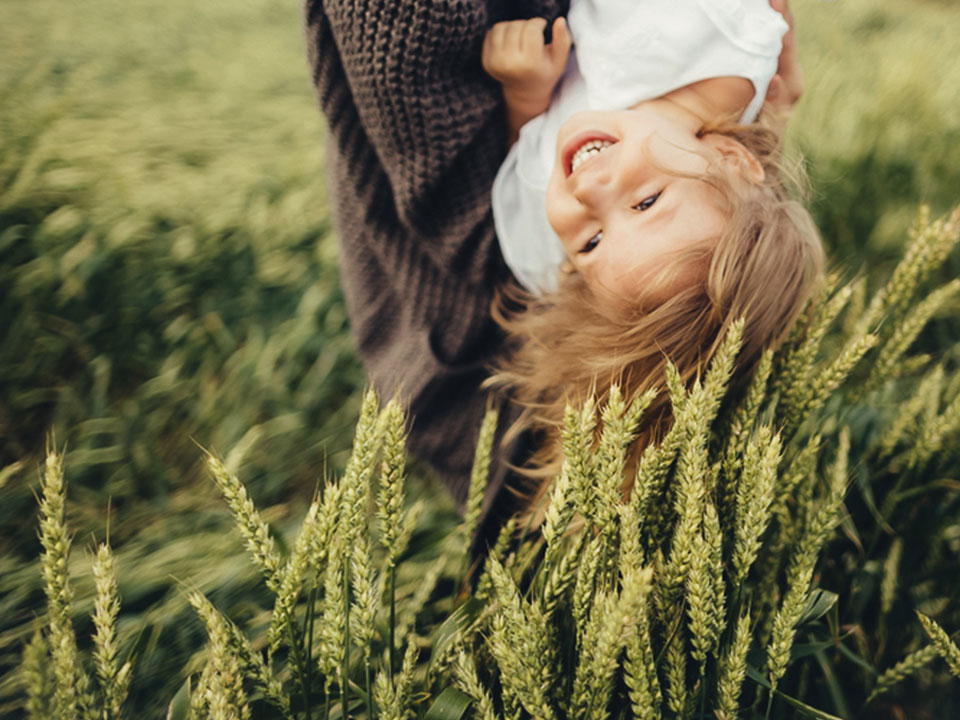Katjes production is carbon-neutral!
Operations at our three locations in Germany have been carbon-neutral since 2020, making us one of the first carbon-neutral companies in the industry. Many measures big and small have allowed us to achieve this goal.
Our switch to green energy, which we’ve been using since 2015, was the biggest factor in reducing our carbon footprint. We’re also always optimizing our energy consumption and have thus managed to reduce our consumption per metric ton of product manufactured year after year. And 2020 was no different: we reduced our consumption of electricity by 8% and gas by 7% per metric ton of product manufactured, which brings us one step closer to our climate goal of cutting our CO2 emissions in half by 2030 compared to 2012. The next climate assessment, which is now being calculated, will tell us exactly how far we’ve come.
And because you can’t entirely eliminate emissions from one day to the next, we offset our emissions with high-quality, certified climate protection projects around the world.
Our location-specific emissions for 2021, which we offset voluntarily, are 19,500 metric tons of CO2. Our compensation efforts support a stove project in Uganda, a biomass project in India, and a forest protection project in Peru. We’re also a member of the Development and Climate Alliance and pursue all new developments in an effort to promote our energy optimization. More information about our climate protection projects is available here.
